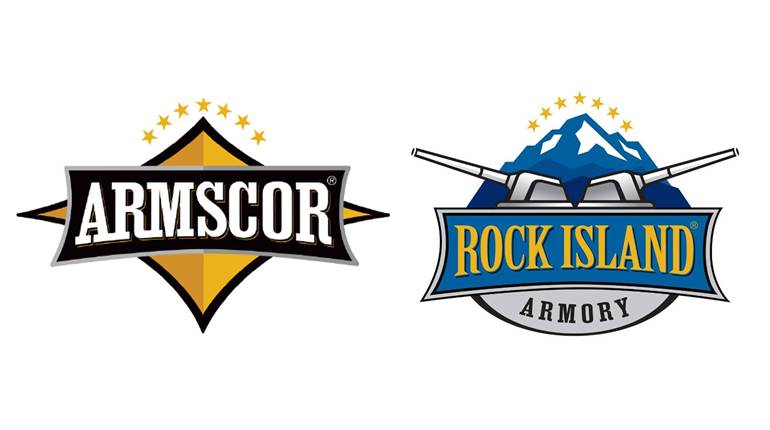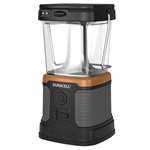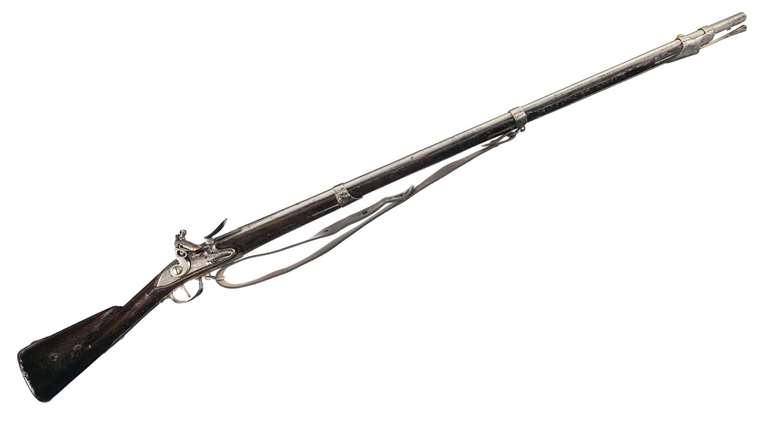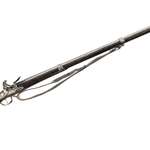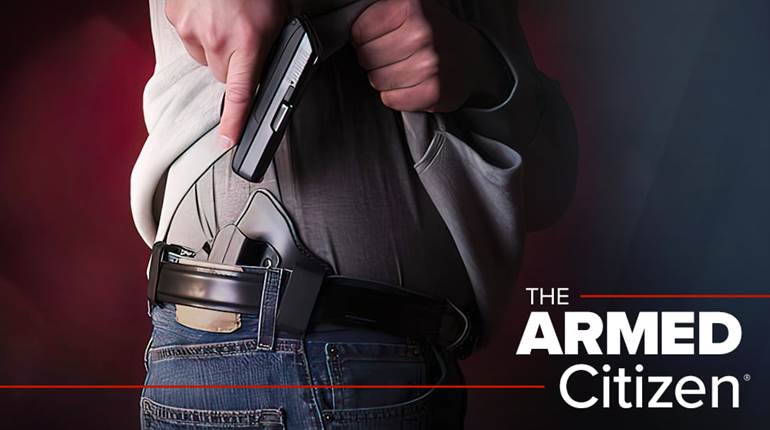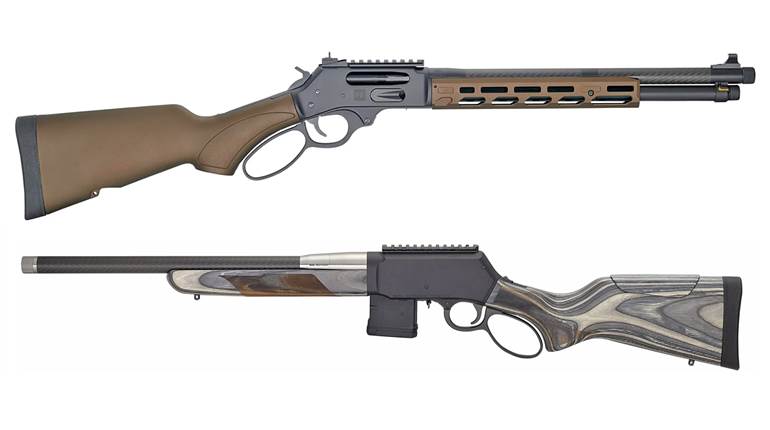
The raw material required to manufacture ammunition and firearms has gotten more expensive each year. That isn’t breaking news, but the gun industry’s ability to fight the headwind—avoiding or delaying passing production cost increases along to enthusiasts—says a lot about its increased efficiency and dedication to customers.
Brass, for example, according to the U.S. Bureau of Labor Statistics (BLS) index—which was assigned a figure of 100 to its price in 1986 to serve as a baseline for comparison in subsequent years—increased from 553 in July 2022 to 676 in August 2025. Admittedly both numbers are down from the painful 786 it reached during the pandemic. To put that figure into perspective, the material now costs 6.76 times more than it did in 1986.
Aluminum, according to BLS, is quickly approaching twice the cost of its 2004 figure when the branch established that metal’s baseline. It’s up to 192, close to the 201 peak it set in April of 2022, when supply chains were at a standstill. Cold-rolled and sheet steel, as of August, were at 372, or 3.72 times what it did in 1982, when tracking began.
Many other materials go into firearms and ammunition. Their costs have undoubtedly risen as well.
Yet, subtract inflation from today’s MSRPs, and it’s amazing how value-priced many of today’s guns are in comparison to yesteryear. Apples-to-apples comparison are tough, but Ruger’s famed 10/22 has been in uninterrupted full-scale production long enough to provide some perspective.
Its MSRP in 1965 was $54.50. Sounds like a smoking-hot deal, but account for inflation, and that’s $567.36 in today’s cash (using the U.S. Bureau of Labor Statistics calculator). The Sporter version available today, which features an American walnut stock, has an MSRP of $529.
That’s an inflation-adjusted drop in price of $38.36. Admittedly, there have been changes in the rifle. More than 7 million have been sold since its design was unveiled in 1964, which makes it obvious there’s been no drop in performance with the few materials that have been replaced by high-tech, less-expensive options.
Today, if you’re content with a hardwood stock rather than American walnut, a Ruger 10/22 will set you back $349. That’s MSRP. You might find even more savings at a nearby FFL. There are, of course, fancier versions with a variety of added features unfounded in 1965.
Ammo Costs
Cartridge prices make the improvements in manufacturing efficiency more obvious. I have a 50-round box of .22 LR my father purchased in 1970 that still has its 79-cent price tag attached. I’ve kept it and the family-heirloom single-shot Remington he taught me to shoot on for sentimental reasons.
What’s the inflation-adjusted value of $0.79 in 1970 in 2025 cash? It’s $6.79. A 50-pack of CCI, 40-grain, standard-velocity .22 LR currently costs $4.99, $1.80 less, today.
It was only 2 pennies per shot when I first sent bullets downrange, and cheaper by the brick. A dime seems overpriced until you run the numbers.
Inflation is passed along and used as an excuse by many industries to increase profit margins. Gun and ammunition firms, on the other hand, have been bucking that trend for decades. Yes, MSRP have been forced to inch up, but—according to BLS—those increases are rare, slow to come and a mere fraction of the added burden firearm firms are enduring in raw material costs alone.













